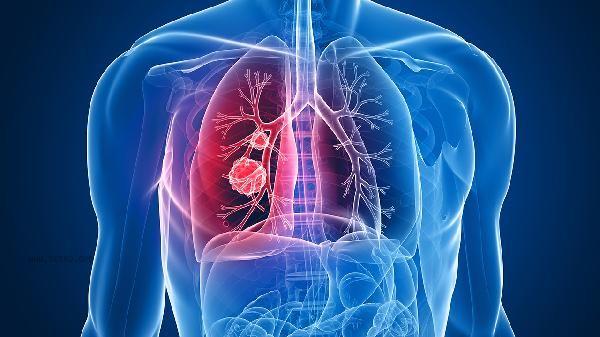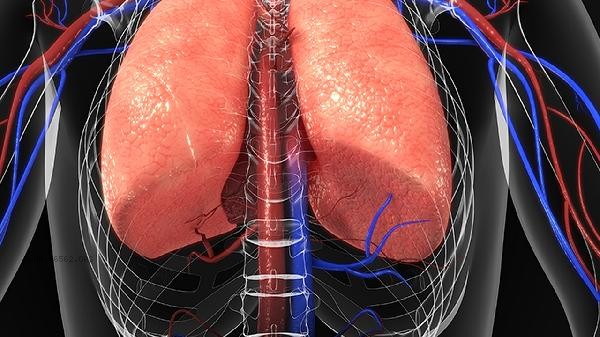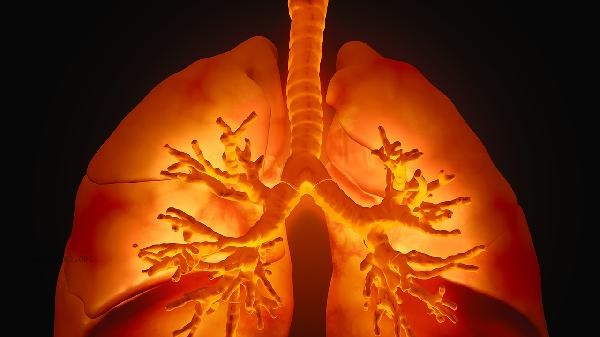It is recommended to choose mild foods rich in vitamin K, iron, and protein for pulmonary capillary hemorrhage, mainly including spinach, pork liver, red dates, egg white, lotus root, etc.
1. Spinach:

Spinach is rich in vitamin K and chlorophyll, which can promote the synthesis of coagulation factors and assist in hemostasis. It is recommended to blanch the water and mix it cold or boil it in soup to avoid high temperature stir frying which can damage the nutritional content. It is advisable to consume 100-150 grams per day, and individuals with abnormal kidney function should control their intake.
2. Pig liver:
Animal liver contains high-quality heme iron and vitamin B12, which can improve anemia. Choose fresh pig liver slices to cook Congee or stew, 2-3 times a week, about 50g each time. Patients with hyperuricemia should reduce their frequency of consumption. 3. Red dates: Red dates contain cyclic adenosine monophosphate and iron elements, which can enhance capillary toughness. It can be used with medlar and longan to boil water instead of tea, or with millet to cook Congee. Take 5-8 pills a day, and diabetes patients need to monitor the blood sugar changes.
4. Egg white:

Egg white provides high-quality protein that is easy to absorb and contains phospholipids that can repair vascular endothelium. Suggest boiling eggs or steaming egg custard, 1-2 per day. People who are allergic to eggs can use tofu as a substitute.
3. Lotus root:
Tannic acid and mucin protein in lotus root have astringent and hemostatic effects. Suitable for stewing pork ribs soup or juicing for consumption, with better results achieved by preserving the lotus root section. People with spleen and stomach deficiency and cold should cook with ginger. During bleeding, it is necessary to maintain a suitable dietary temperature and avoid spicy, stimulating, hard, rough, and overheated foods. Fruits with high vitamin C content such as kiwifruit and oranges can be increased to promote iron absorption, while limiting the impact of strong tea and coffee on iron utilization. During the recovery period, it is recommended to adopt a small and frequent meal mode, with cooking mainly using steaming and stewing, combined with moderate breathing training to improve pulmonary circulation. If there is persistent hemoptysis or accompanied by difficulty breathing, immediate medical attention should be sought to investigate pathological factors such as tuberculosis and bronchiectasis.









Comments (0)
Leave a Comment
No comments yet
Be the first to share your thoughts!